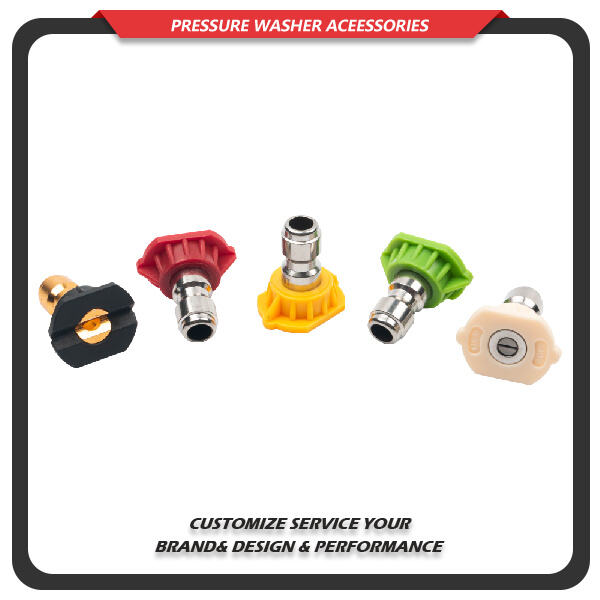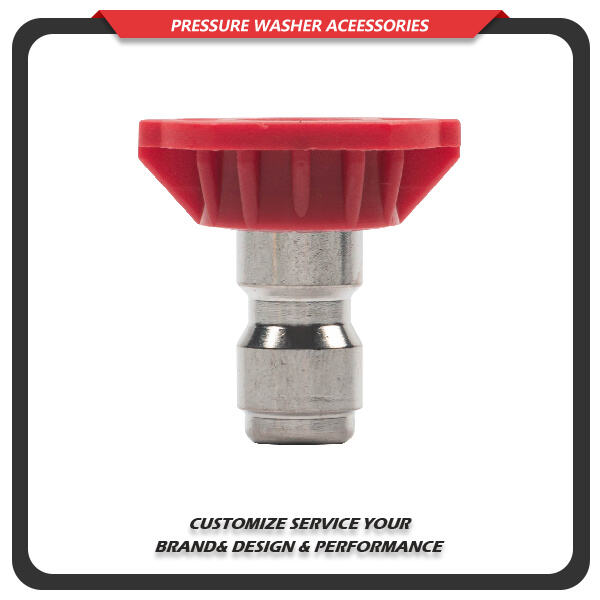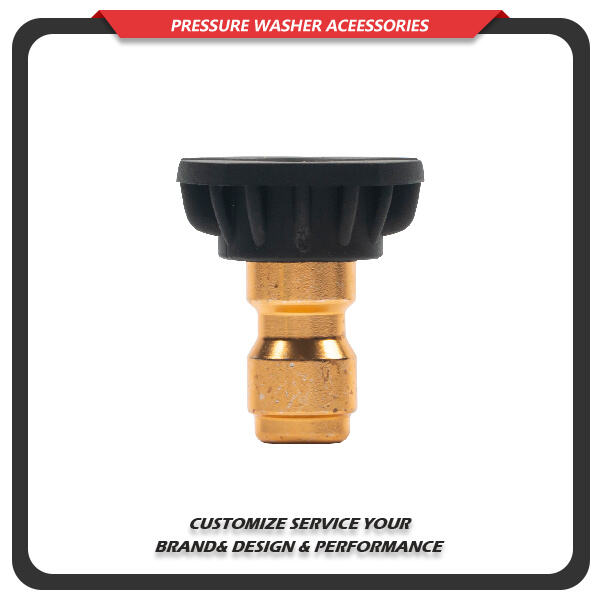هل لاحظت يومًا أن جهاز غسيل الضغط الخاص بك لا يعمل بنفس الكفاءة التي كان عليها في السابق؟ ربما لم يعد ينفث الماء بقوة كما كان أو أنه يتسرب. إذا كان الأمر كذلك، فقد يكون بعض الأجزاء بحاجة إلى الاستبدال! سيجعلك استبدال هذه الأجزاء جهاز غسيل الضغط مثل الجديد. فيما يلي بعض النصائح التي يمكن أن تساعدك في اختيار واستبدال الأجزاء المناسبة لجهاز غسيل الضغط.
استشر دليل المستخدم: قم بمراجعة دليل مستخدم جهاز غسيل الضغط الخاص بك. سيُخبرك بأي القطع التي يمكنك استبدالها والتي لا يمكن تغييرها. من الضروري ألا تحاول استبدال شيء لا يمكن استبداله، لأن هذا الإجراء سيتسبب في المزيد من الأضرار لجهازك. يعتبر الدليل الذي يحتوي على إرشادات العناية خريطة لمساعدتك في العناية بغسالة الضغط.
قطع الغيار الأصلية مقابل قطع الغيار بعد السوق: يجب أن تتخذ قرارًا بشأن ما إذا كنت تريد الحصول على قطعة غيار أصلية (OEM) أو قطعة غيار من سوق ما بعد البيع. يتم إنتاج القطع الأصلية بواسطة نفس الشركة التي صنعت جهاز تنظيف الضغط الخاص بك، لذلك فهي مصنوعة لتتناسب وتعمل بشكل مثالي مع آلة التنظيف الخاصة بك. قد تكون أكثر تكلفة، ولكن يمكنك التأكد من أنها ستتناسب وتؤدي المهمة كما هو مخطط لها. قد تكون قطع الغيار من سوق ما بعد البيع أقل تكلفة، لكنها قد لا تتناسب أو تعمل بنفس كفاءة القطع الأصلية. في بعض الحالات، قد تسبب قطع الغيار من سوق ما بعد البيع مشاكل أكبر لاحقًا، لذا عليك التفكير في هذا الخيار بعناية.
تعرف على نموذجك ورقم السلسلة: من الضروري أيضًا معرفة النموذج الدقيق ورقم السلسلة لجهاز تنظيف الضغط الخاص بك. هذه المعلومات تسهل عليك الحصول على القطع البديلة الصحيحة. إذا لم تكن تعرف هذه الأمور، فقد تخمن وتشتري القطع الخاطئة، مما يمكن أن يكون محبطًا للغاية ويكلفك الوقت والمال. دائمًا تأكد مرتين من أنك تتلقى العناصر الصحيحة.

استخدام الأدوات غير المناسبة: قد يتطلب كل جانب من جوانب غسالتك الضاغطة أدوات خاصة لإزالتها أو استبدالها. تعتبر الأدوات المناسبة للعمل مهمًا جدًا. واستخدام أدوات مؤقتة أو مرتجلة لتصليح ماكينتك قد يؤدي إلى كسر الأجزاء أو حتى تلف الغسالة الضاغطة بالكامل. تأكد من توفر الأدوات المناسبة قبل البدء في أي عمل.

تجاهل تعليمات الدليل: حتى لو كنت واثقًا من قدرتك على تغيير قطعة، فمن الأفضل دائمًا الالتزام الصارم بالتعليمات الموجودة في الدليل. القيام بشيء في الترتيب الخطأ أو تخطي خطوة يمكن أن يسبب مشاكل خطيرة لاحقًا. بما أن الدليل تم صياغته بعناية لضمان عدم مواجهتك لمثل هذه المواقف، فإنه يحتوي على خطوات مفيدة يمكنك اتباعها.

عدم البدء: إذا لم يبدأ جهاز غسيل الضغط لديك على الإطلاق، أو يتم إيقافه بسرعة كبيرة، فقد تحتاج إلى استبدال شمعة الإشعال، أو فلتر الوقود، أو الكربوراتور. يمكن لهذه المكونات أن تصبح متسخة أو حتى معيبة مع مرور الوقت، مما يجعل من المستحيل على الجهاز أن يبدأ. عادةً ما يؤدي استبدال هذه المكونات إلى حل مشاكل البدء.